Understanding the Benefits and Applications of Well Pressure Pumps in Modern Water Systems
In the rapidly evolving landscape of modern water systems, the incorporation of well pressure pumps has emerged as a critical component in ensuring efficient water supply and management. According to the Global Water Pump Market Report, the demand for water pumps, particularly well pressure pumps, is projected to grow at a CAGR of 5.6% from 2022 to 2028. This growth is fueled by an increasing focus on sustainable water management practices and the rising need for advanced irrigation and drainage solutions in agricultural sectors. Well pressure pumps play a pivotal role in enhancing water delivery systems, providing reliable pressure for both residential and commercial applications. With their ability to adapt to various water source depths and supply demands, these pumps not only optimize resource utilization but also contribute to energy efficiency, making them indispensable in modern water management strategies. The growing emphasis on water conservation and the efficient distribution of water resources underscores the significance of well pressure pumps in contemporary infrastructure development.
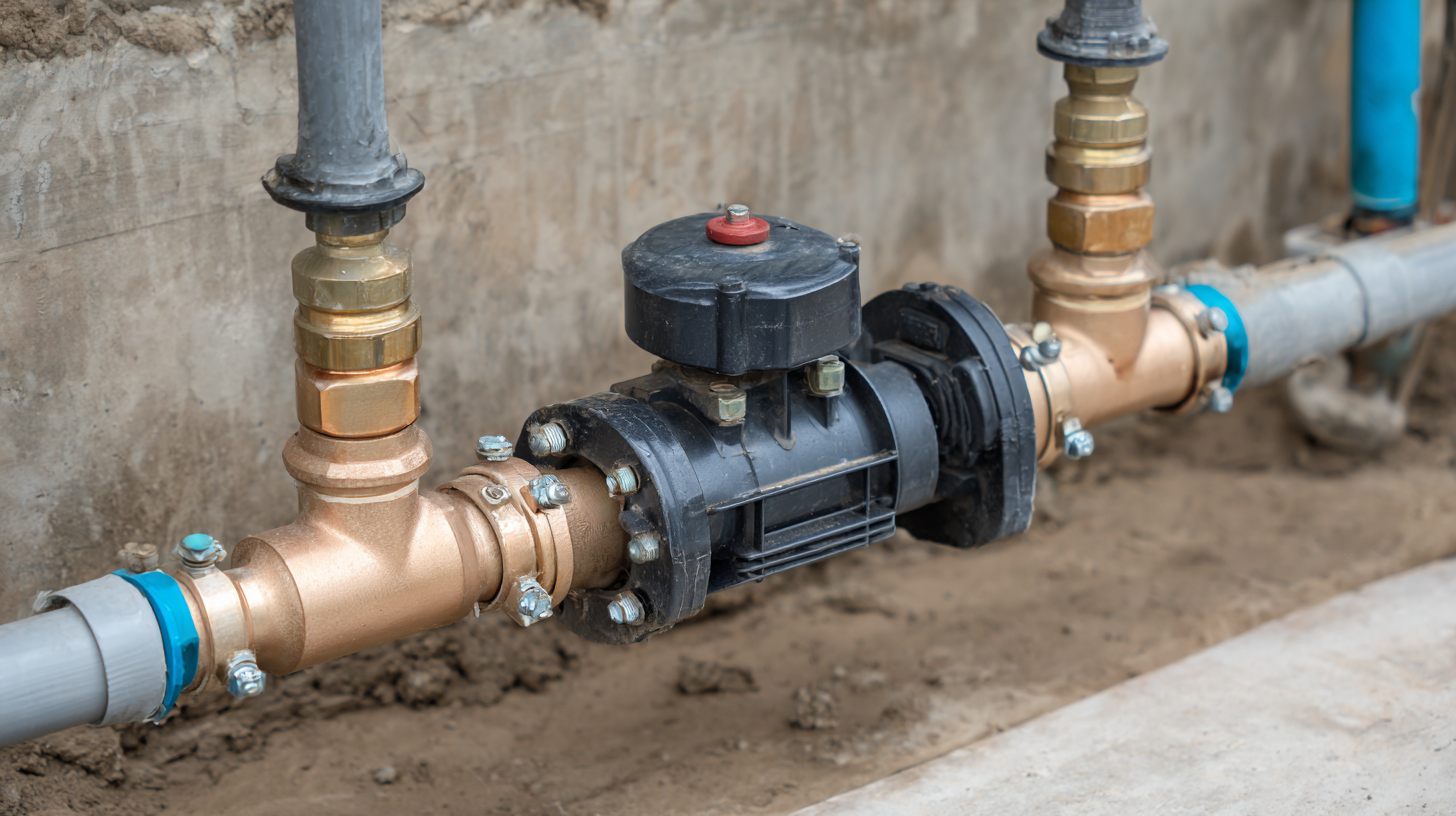
Advantages of Well Pressure Pumps in Efficient Water Management Systems
Well pressure pumps play a crucial role in efficient water management systems, particularly in residential and agricultural settings where water demand fluctuates. According to the U.S. Geological Survey, approximately 13 percent of the U.S. population relies on private wells for their water supply, making the efficient operation of these systems vital. Well pressure pumps are designed to maintain consistent water pressure, allowing for seamless distribution throughout a property. This not only enhances the flow rate but also reduces the energy consumption associated with water delivery, contributing to lower utility costs.
In addition to cost savings, the durability and reliability of modern well pressure pumps significantly improve water resource management. A report from the American Water Works Association highlights that these pumps can operate efficiently for over 15 years with proper maintenance, helping to minimize the need for frequent replacements. Furthermore, the energy-efficient models available today have been shown to reduce energy usage by up to 30%, which can lead to substantial savings for both homeowners and those managing larger agricultural properties. As water scarcity becomes an increasing concern, the use of well pressure pumps emerges as a practical solution for sustainable water management in various applications.
Understanding the Benefits and Applications of Well Pressure Pumps in Modern Water Systems
Key Performance Metrics: Flow Rate and Pressure Consistency in Water Supply
In modern water systems, well pressure pumps play a crucial role in ensuring a reliable and efficient supply of water. Two key performance metrics that determine the effectiveness of these pumps are flow rate and pressure consistency. The flow rate, measured in gallons per minute or liters per second, indicates the volume of water delivered within a specific timeframe. A high flow rate is essential for meeting peak demand, whether for residential use, irrigation, or industrial purposes.
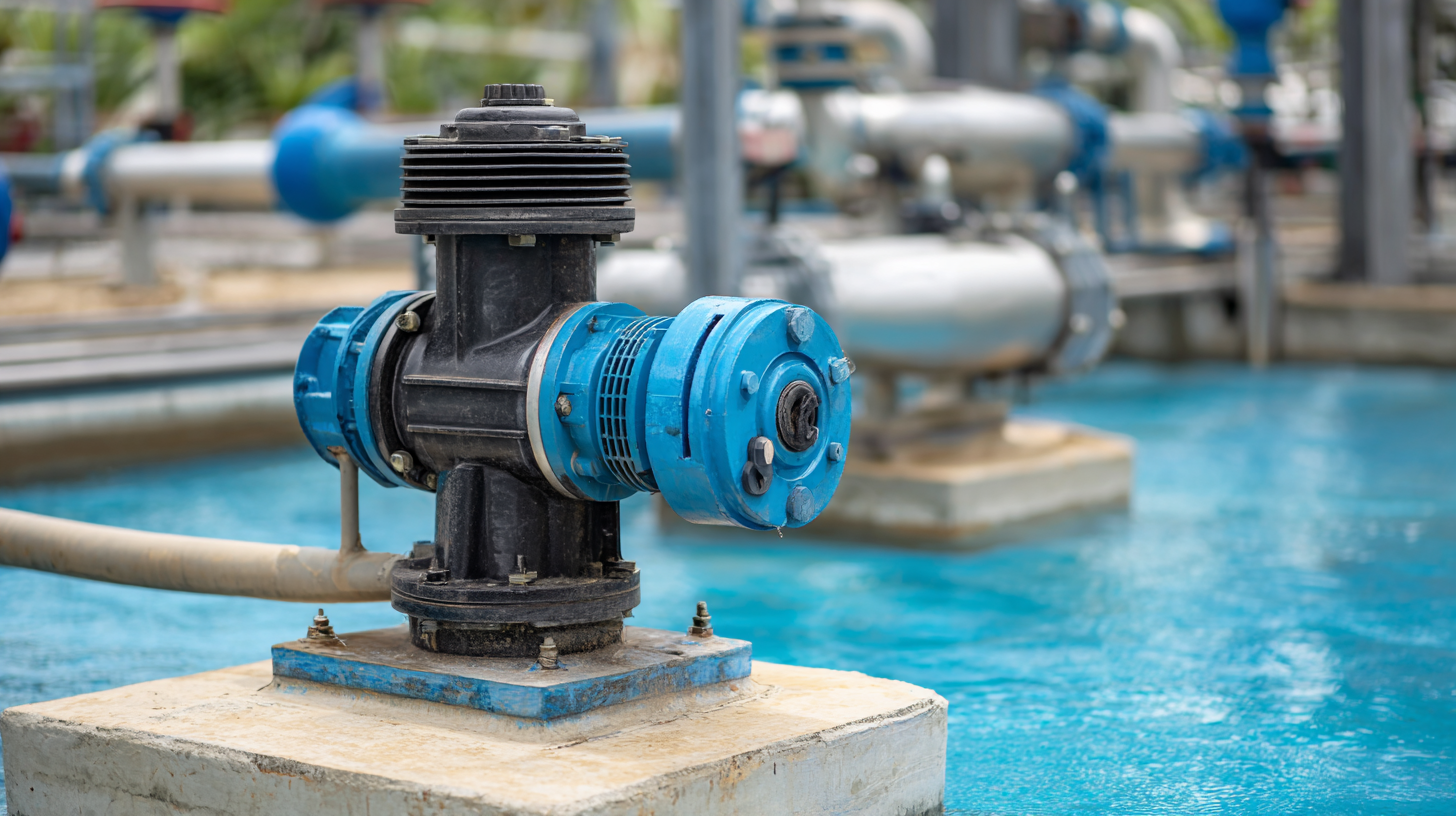
Pressure consistency, on the other hand, is vital for maintaining a steady supply without fluctuations that can lead to inadequate service or damage to plumbing systems. Pumps designed with advanced technology can regulate pressure effectively, ensuring that users receive the needed water volume at a consistent pressure. This stability not only enhances user satisfaction but also prolongs the lifespan of the plumbing infrastructure. As water needs grow in urban areas, understanding and optimizing these performance metrics becomes essential for efficient water management in modern systems.
Cost Savings and Energy Efficiency: The Economic Benefits of Modern Pumping Solutions
Modern well pressure pumps play a crucial role in enhancing water systems, providing significant
cost savings and energy efficiency. These advanced pumping solutions are designed to optimize water delivery while minimizing energy consumption. By utilizing
variable speed drives and advanced control systems, modern pumps can adjust their output based on demand, reducing waste and lowering utility costs. This adaptability not only cuts energy expenses but also extends the lifespan of the equipment, leading to further
financial savings over time.
Moreover, the implementation of energy-efficient pumping systems can have a positive impact on overall operational costs for businesses and municipalities. By investing in well pressure pumps that are specifically designed for energy efficiency, operators can achieve substantial reductions in energy use, which is particularly beneficial in regions with high electricity costs. Additionally, many of these systems qualify for government incentives or rebates aimed at promoting sustainable practices, further enhancing their economic appeal. This combination of direct and indirect cost savings underscores the importance of modern pumping solutions in today's water management strategies.
Applications of Well Pressure Pumps in Agricultural and Residential Settings
Well pressure pumps have become essential components in both agricultural and residential water systems, enabling consistent and reliable water supply. In agricultural settings, these pumps facilitate irrigation by drawing water from wells, ensuring that crops receive adequate moisture for growth. Their efficiency in managing water flow has transformed farming practices, allowing farmers to optimize water usage and improve crop yields, particularly in areas prone to drought.
In residential applications, well pressure pumps provide homeowners with direct access to groundwater, improving water quality and reducing reliance on municipal sources. These pumps are designed to deliver water at the desired pressure throughout a property, catering to various needs such as drinking water, household chores, and landscaping. The adaptability of well pressure pumps makes them suitable for different residential layouts, ensuring that every house can enjoy the benefits of a stable and sustainable water supply. As technology advances, the efficiency and reliability of these pumps continue to improve, further solidifying their role in modern water systems.

Innovations in Pump Technology: Enhancing Reliability and Reducing Maintenance Costs
In recent years, innovations in pump technology have dramatically transformed the landscape of well pressure pumps, enhancing their reliability and significantly reducing maintenance costs. Advanced materials and smart technologies have led to pumps that not only operate efficiently but also require less frequent servicing. According to the Hydraulic Institute, modern pumps now exhibit up to a 25% increase in energy efficiency compared to their predecessors, which translates into cost savings for users in both residential and commercial sectors.
Moreover, the integration of IoT (Internet of Things) capabilities in pump systems allows for real-time monitoring and predictive maintenance. This technological leap facilitates the identification of potential issues before they escalate, enabling proactive intervention. A report by Research and Markets indicated that the global standard for pump reliability has improved, with downtime reduced by as much as 40% due to these innovations. As water systems become more complex, the enhanced performance and reduced operational costs of well pressure pumps become vital in ensuring sustainable water resource management.
Related Posts
-
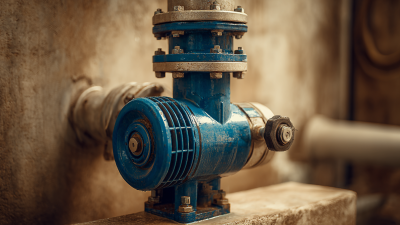
Understanding the Benefits of a Well Pressure Pump for Your Home Water Supply
-
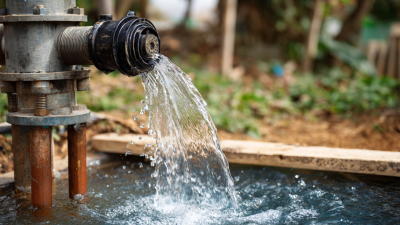
How to Choose the Right Well Pump for Your Water Needs
-
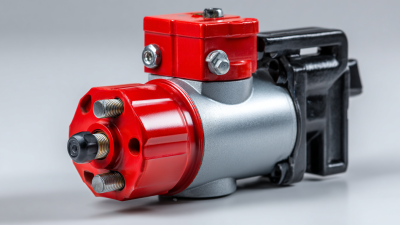
20 Best Hydraulic Gas Pumps for Unmatched Performance in 2023
-

7 Best Practices to Maximize Efficiency of Your Well Pressure Pump
-

How to Select the Right Fracking Pump for Your Oil and Gas Operations
-

Streamlining Efficiency: Innovative Solutions for Gas Well Pump Operations in Oil and Gas Industry
